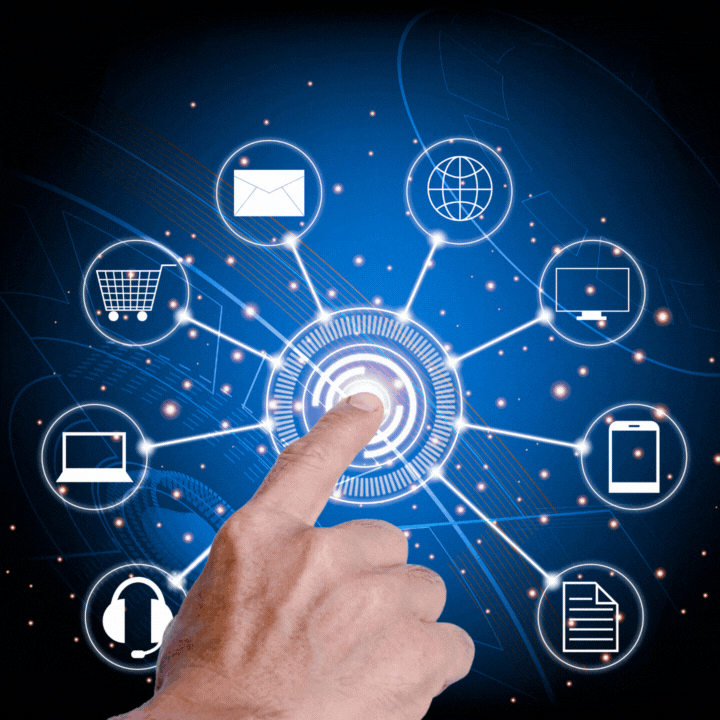
What is NFT, Non-fungible token?
Did you know that Twitter co-founder Jack Dorsey sold his first-ever tweet as an NFT for more than $2.9 million? The Malaysia-based buyer Sina Estavi compared the purchase to buying a Mona Lisa painting. The tweet was bought using the ether cryptocurrency, a rival to bitcoin.
Non-fungible token is a digital asset (from art, GIFs, to videos and sports highlights, music, & tweets) which is bought & sold online. Each NFT carries its very own unique digital signature & hence has a "one-of-a-kind" status. It provides artists & content creators a unique opportunity as they no longer have to rely on galleries or auction houses to sell their art. Instead, they can sell it directly to the consumer as an NFT, which also lets them keep more of the profits. Additionally, artists can charge royalties, so they’ll receive a percentage of sales whenever their art is sold to a new owner. This is an attractive feature as artists generally do not receive future proceeds after their art is first sold. From buyer’s perspective it gives them a chance to own an original, discrete asset.
Cryptocurrency vs NFT
Physical money and cryptocurrencies are “fungible,” meaning they are not unique and can be traded/exchanged for one another. They’re also equal in value—$1 bill in New York City has the same value as a $1 bill in Miami; one Bitcoin is always equal to another Bitcoin irrespective of where it has been issued. However, each NFT is unique and irreplaceable, thereby making it impossible for one non-fungible token to be equal to another, so one NBA Top Shot clip, is not equal to EVERYDAYS: The first 5000 days, even though they’re both NFTs.
NFT and Financial Crime Risk
In the fourth quarter of 2021, funds sent to NFT marketplaces by illicit addresses jumped significantly approx. $1.4 million, additionally the possibility of Identity Fraud is ever present, an impostor posing as the street artist Banksy sold $900,000 worth of NFT artworks. Monitoring the movement of artwork is inherently more difficult than tracing currency. As per the
Department of the Treasury, this risk is magnified in the NFT context because:
- NFTs can be used to conduct “self-laundering,” a process by which criminals purchase an NFT using tainted funds and proceed to sell and repurchase the NFT to themselves to create seemingly legitimate sales records on the blockchain. The criminal then sells the “washed” NFT to an unrelated party and receives untainted funds in return.
- NFTs are anonymously held, making them particularly vulnerable to illicit use. An NFT collector must have a crypto wallet to buy and hold an NFT. Most crypto wallets are anonymous and the only information that is publicly revealed is the wallet address.
As a result, regulators are increasingly focused on preventing the illicit use of the technology. The Treasury study includes several considerations going forward for NFTs:
- Encourage the creation and enhancement of private-sector information-sharing programs to foster transparency among art market participants.
- Have robust screening procedures: evaluate whether your screening procedures are sufficiently robust/comprehensive to know the ultimate natural owner of the artwork.
- Use FinCEN recordkeeping authorities to support information collection and enhanced due diligence.
Authors: Isha Dutt, Chinmaya Bisht
Photos:shutterstock
Links used
https://www.forbes.com/advisor/investing/nft-non-fungible-token/
https://www.investopedia.com/non-fungible-tokens-nft-5115211
https://www.natlawreview.com/article/treasury-s-study-discusses-financial-crimes-and-nfts
https://cointelegraph.com/nonfungible-tokens-for-beginners/fungible-vs-nonfungible-tokens-what-is-the-difference
https://101blockchains.com/fungible-vs-non-fungible-tokens/







